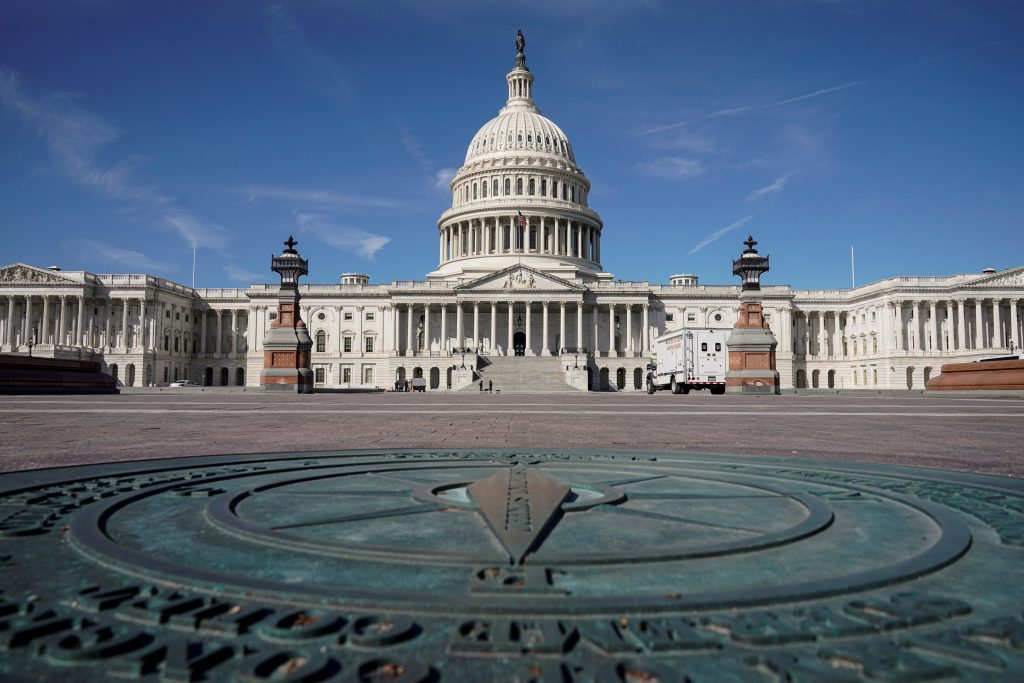A Signal That Preschooler Obesity is Falling?
A new study may be another signal of a national decline in childhood obesity.
The finding comes from a government study considered a gold-standard gauge of trends in the public’s health. The researchers found that obesity among children ages 2 to 5 dropped — to 8 percent, from 14 percent a decade ago.
It’s not enough to say the nation has clearly turned the corner. The only decline was seen in preschoolers, not in older children. Some experts note that even the improvement in toddlers wasn’t a steady decline.
But it’s enough of a decline to be optimistic, said Cynthia Ogden, one of the study’s authors.
“There’s a glimmer of hope,” said Ogden, an epidemiologist with the Centers for Disease Control and Prevention.
The report was published online Tuesday in JAMA.
Health officials have long been hoping for more substantial evidence that they’ve turned a corner in the fight against childhood obesity.
After decades on the rise, childhood obesity rates recently have been flat. But a few places — including New York City and Mississippi — reported improvements in the last couple of years. Seattle joined that list last week, with a report of recently declining obesity in older low-income school children.
More broadly, health officials last year reported at least slight drops in obesity for low-income preschoolers in 18 states. But they mainly were children enrolled in the federal Women, Infants and Children (WIC) program, which provides food vouchers and other services. Experts attributed the improvement to WIC policy changes in 2009 that eliminated juice, provided less saturated fat, and made it easier to buy fruits and vegetables.
The new study is a national survey of about 9,100 people — including nearly 600 infants and toddlers — in 2011-2012, in which participants were not only interviewed but were weighed and measured. The results were compared to four similar surveys that stretched back to 2003.
“I think it’s fair to say that [this study] is probably the best source of data we have on whether the prevalence of obesity is increasing with time,” said Dr. Robert C. Whitaker, a Temple University expert of childhood obesity.
The main finding was that, overall, both adult and childhood obesity rates have held flat in the past decade. But there were two exceptions: For some reason experts aren’t sure about, the obesity rate in women age 60 and older rose from 31.5 percent to more than 38 percent. And the preschool obesity rate dropped.
Some health leaders in Washington, D.C., and Atlanta celebrated the latter finding. First lady Michelle Obama issued a statement that her ‘Let’s Move!’ initiative, which promotes youth exercise and good nutrition, is causing healthier habits “to become the new norm.”
Some experts were more cautious about the results. “We’re going to need more” years of data to see if the apparent trend is really nosing downward, said John Jakicic, director of the University of Pittsburgh’s Physical Activity and Weight Management Research Center.
Some wondered whether it makes sense that preschoolers would be the ones leading a downward trend in childhood obesity. For years, most childhood anti-obesity initiatives were older-kid efforts removing soda vending machines from schools and increasing physical education.
Jakicic said he was still glad to see the numbers. “I think we should be excited it’s not getting worse,” he said.
This article appeared in print on page 9 of edition of Hamodia.
To Read The Full Story
Are you already a subscriber?
Click "Sign In" to log in!

Become a Web Subscriber
Click “Subscribe” below to begin the process of becoming a new subscriber.

Become a Print + Web Subscriber
Click “Subscribe” below to begin the process of becoming a new subscriber.

Renew Print + Web Subscription
Click “Renew Subscription” below to begin the process of renewing your subscription.





